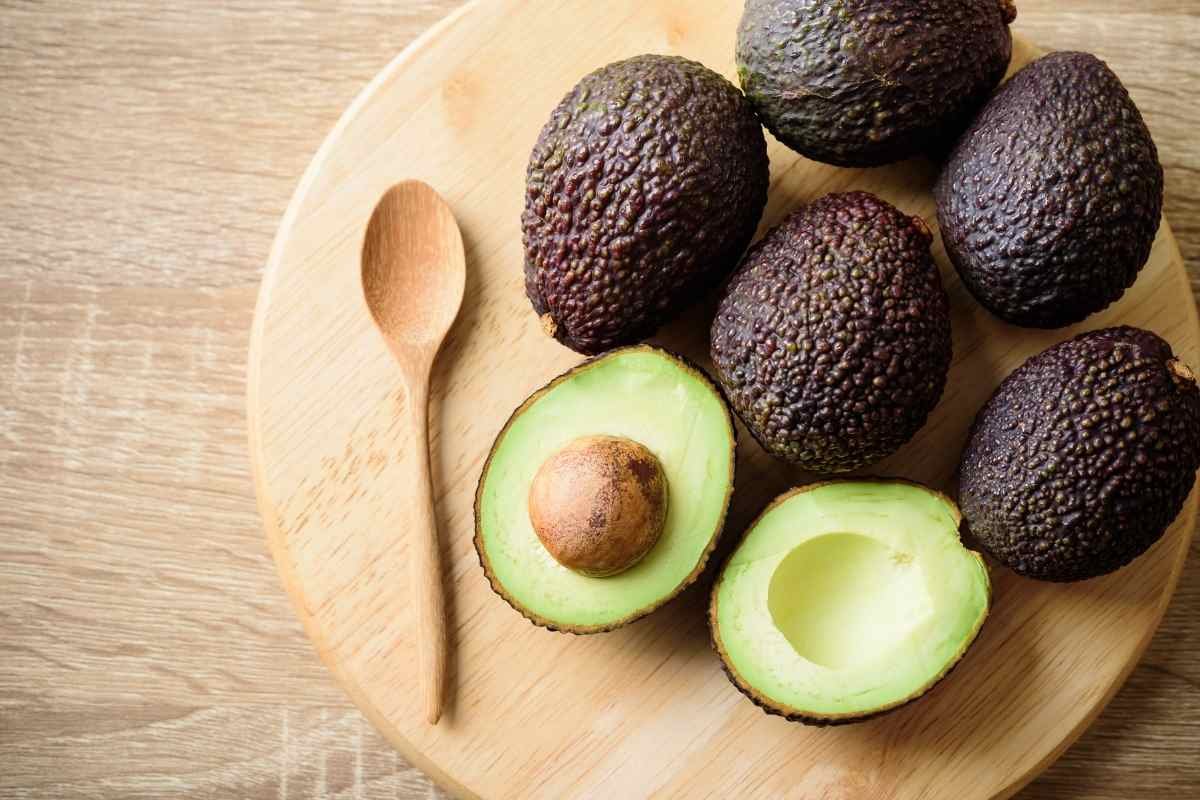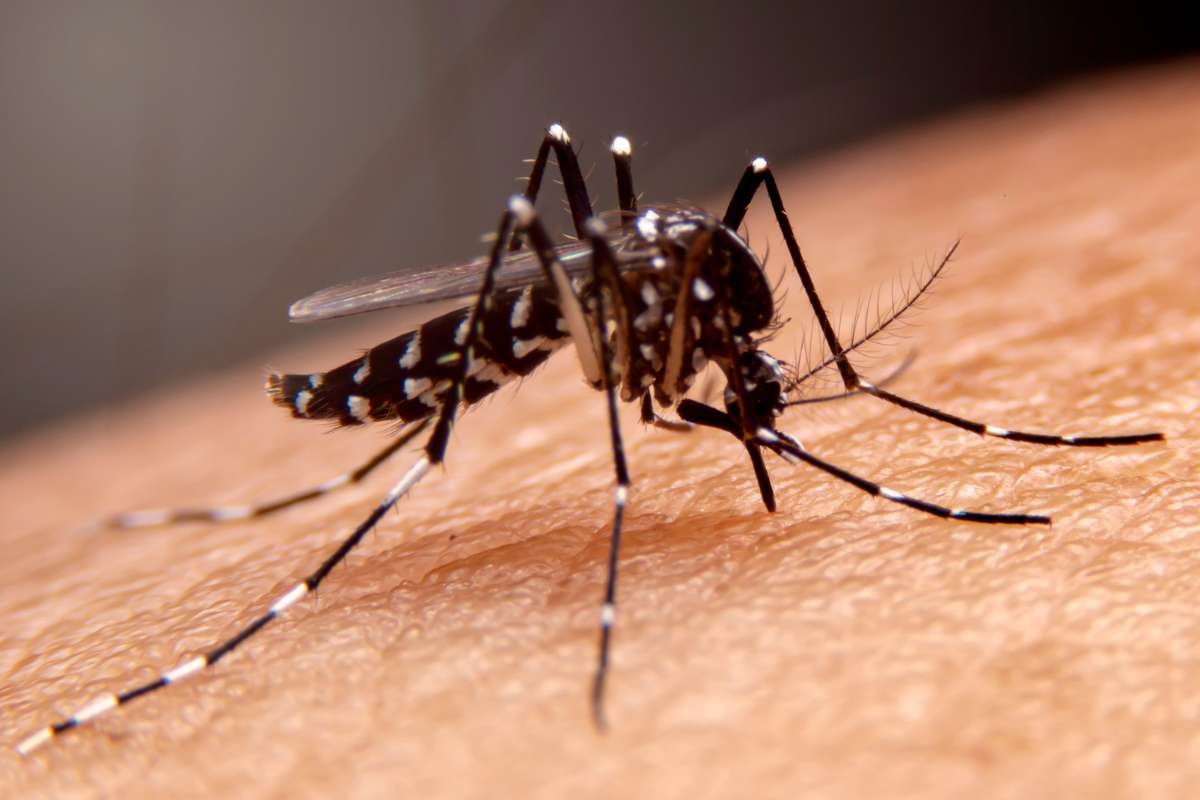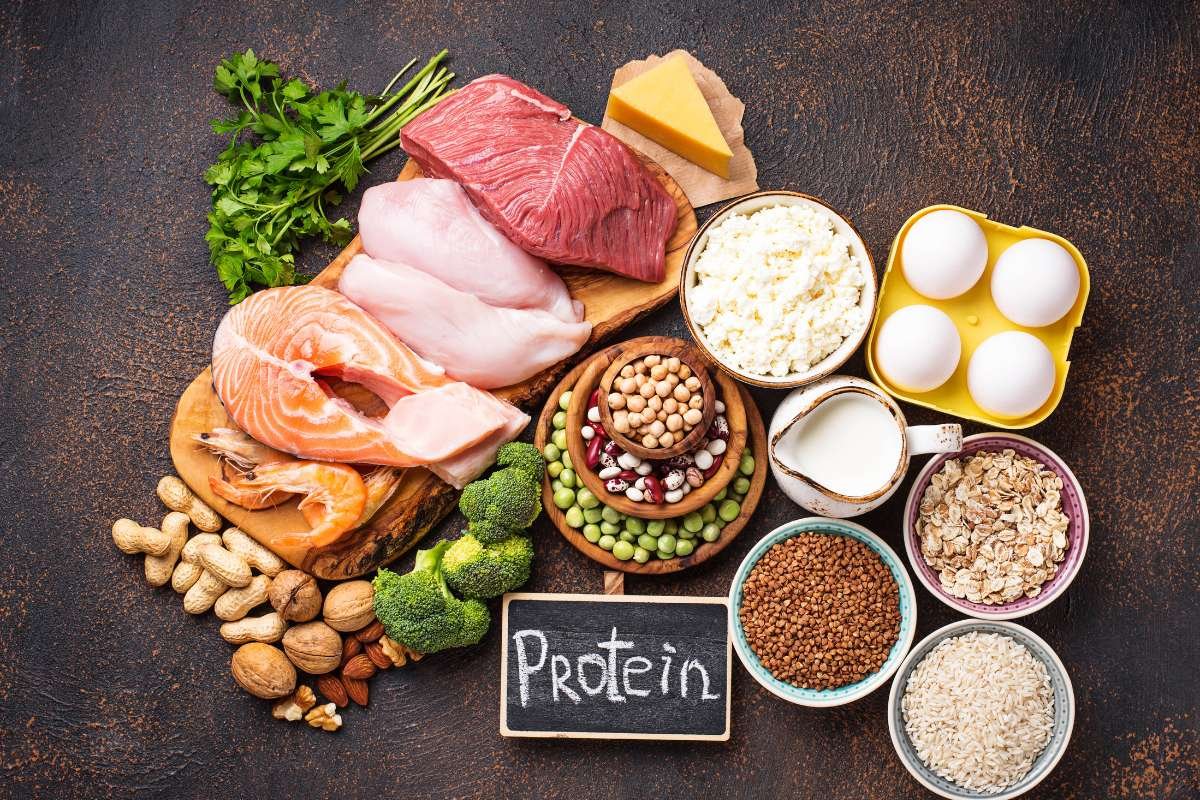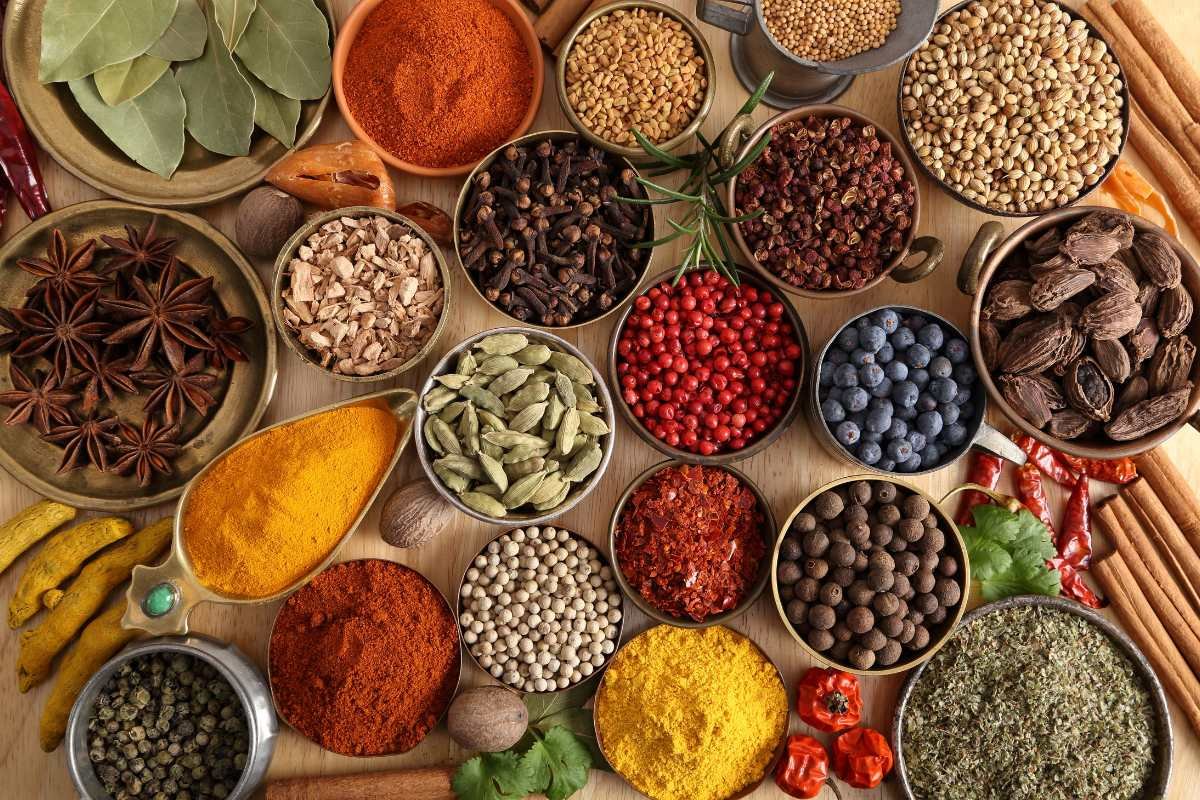Are you a Hass avocado loyalist? Most people are! It’s the most common type you’ll find at the grocery store, and for good reason, it’s creamy, delicious, and perfect for guacamole. But what if we told you there’s a whole world of avocado varieties out there you’re missing? There are actually over 500 different types of avocado, each with a unique flavor, texture, and culinary use.
While you won’t find all 500 at your local market, several lesser-known types of avocado are absolutely worth seeking out. From the huge, mild-flavored Reed to the buttery, pear-shaped Fuerte, exploring these other varieties can raise your avocado toast and expand your culinary horizons. Get ready to find your new favorite!
Where does avocado’s diversity come from? The genetic evolution of avocados
The diversity of avocados comes from their evolution and complex genetic history. All cultivated avocados belong to one of three botanical races, i.e., Mexican, Guatemalan, and West Indian. Genetic studies confirm these are distinct populations, with hybrids being rare.
Genomic analysis shows that ancient whole-genome duplications boosted the avocado’s genetic diversity. And this is what leads to a wide range of traits like different fruit shapes, colors, and flavors.
This broad genetic base was shaped by natural adaptation and human breeding. And that is why we see such a variety of avocado types today.
Understanding the three main types of Avocado
As mentioned above, there are three main avocado ecotypes. Let’s learn about each of them in short.
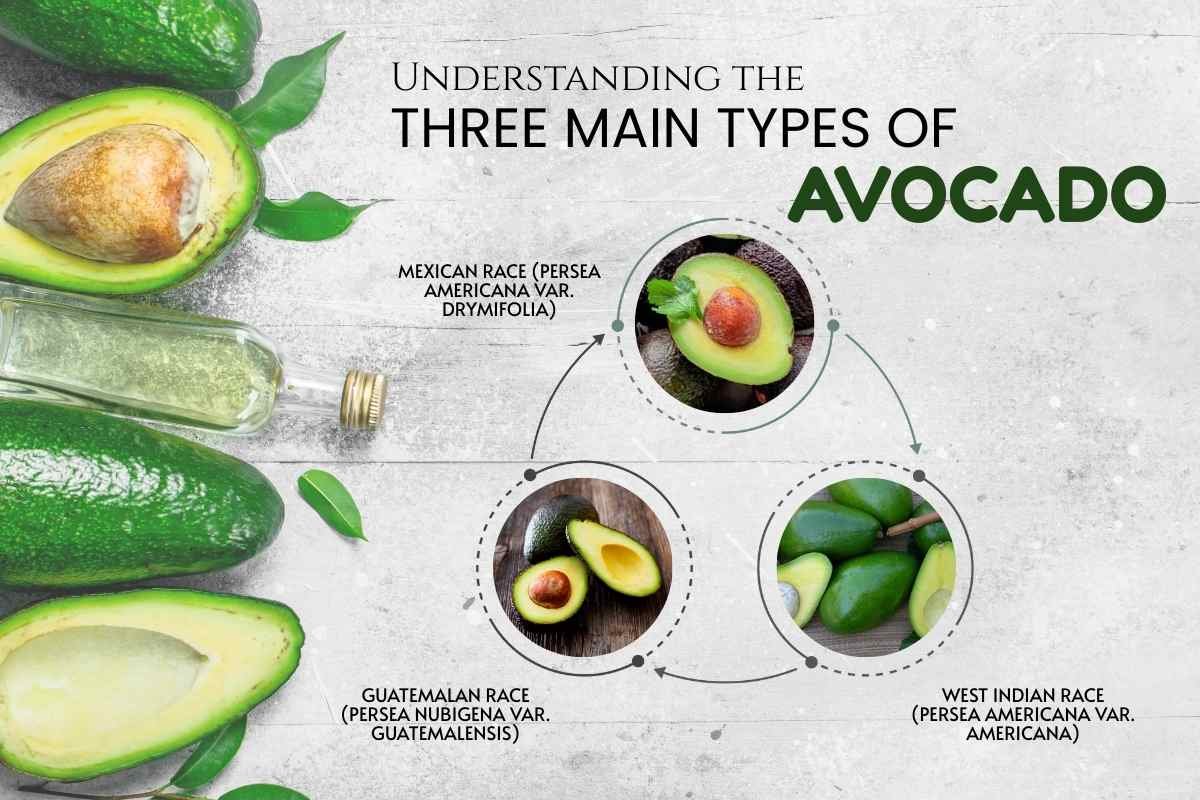
1. Mexican Race (Persea americana var. drymifolia)
As the name might suggest, this type of avocado originates from the Mexican highlands. Mexican avocados have high oil content (more than 15%). The size of these avocados is generally small, with thin, fragile skin limiting fresh marketability.
This race has good tolerance to low temperatures and some disease resistance, but is sensitive to salinity.
2. Guatemalan Race (Persea nubigena var. guatemalensis)
Originating from the highlands of Guatemala and Chiapas, Mexico, these are large avocados with thick skin. They tend to be larger than Mexican race avocados. The Guatemalan race has thick, hard, and rough skin, often with a warty texture. Oil content is moderate in these types of avocado, ranging between 10 and 15%.
3. West Indian Race (Persea americana var. americana)
This fruit is large with thin, smooth, glossy green skin that can turn yellow or red when mature. This race is sensitive to cold but more tolerant of salinity. It is best suited for wet tropical climates. They are found in the lowland coastal tropical regions of Mesoamerica.
So, these are the three main types of avocado, and every other avocado you find in the market is part of one of these ecotypes.
Here’s a table of all the avocados you can find in these ecotypes:
| Ecotype | Variety |
|---|---|
| Mexican | Mexicola Grande |
| Bacon | |
| Mexicola | |
| Russell | |
| Lula (partially Mexican) | |
| Maluma | |
| Pinkerton | |
| Guatemalan | Hass |
| Gwen | |
| Fuerte | |
| Reed | |
| Sharwil | |
| Lamb Hass | |
| Choquette | |
| Monroe | |
| Brogdon | |
| Lula (partially Guatemalan) | |
| West Indian | Ettinger |
| Zutano | |
| Cleopatra | |
| Fantastic | |
| Choquette | |
| Russell |
Also Read:
- Is Avocado a Fruit or a Vegetable? The Tasty Truth You Need to Know
- Avocado Botanical Classification: Is it a Fruit, a Berry, or Something else?
Which are the rarest types of Avocados?
Many rare avocado varieties exist in tropical regions like Central America, Mexico, and the Caribbean, where native avocado species and landraces grow in limited areas. These rare types are often valuable for genetic diversity and research. Sadly, these varieties are not found in mainstream markets.
Here are some of the rarest avocado varieties:
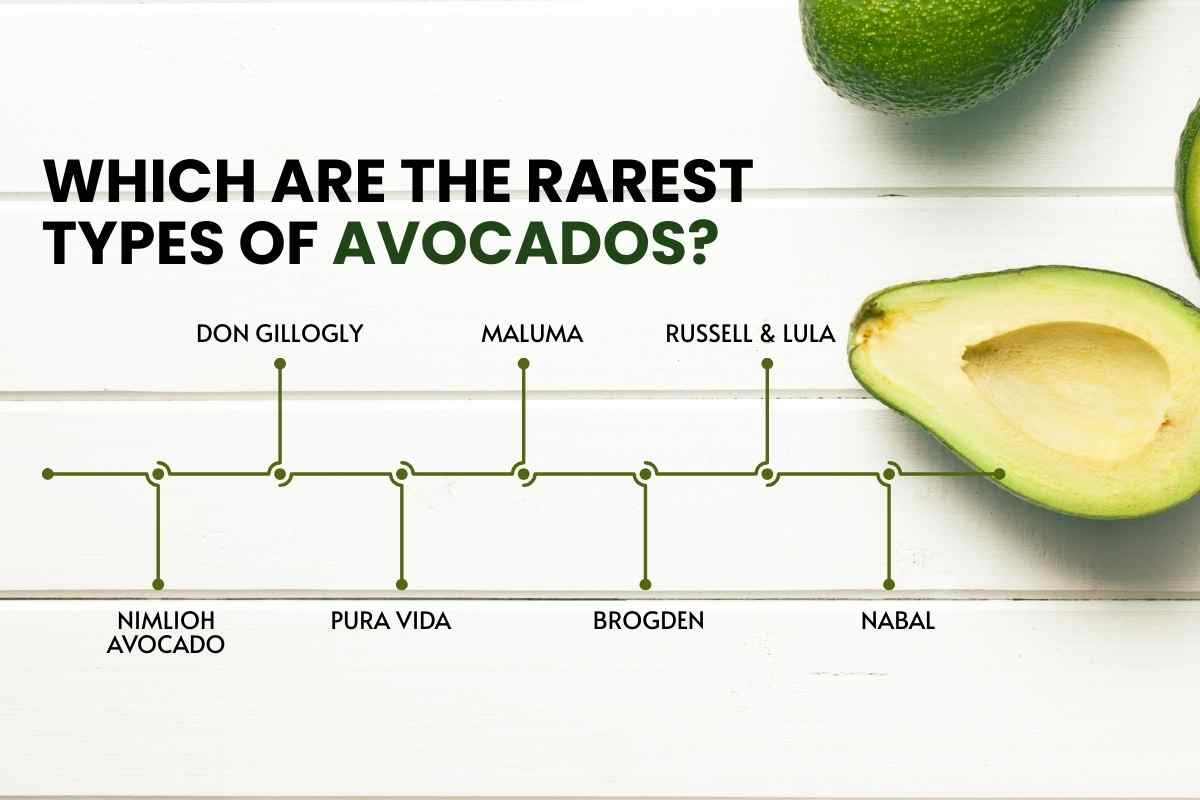
- Nimlioh Avocado: A nearly mythical large avocado from Guatemala. It is nearly the size of a cantaloupe with a hard shell that does not allow easy ripeness testing. It is rarely seen commercially due to its hard shell and large size.
- Don Gillogly: An unusual club-shaped avocado derived from a genetic mutation of Hass. It produces softer, creamier fruit but does not store or transport well. Because of this, it is rarely available outside local growers.
- Pura Vida: Found in backyard gardens in Nicaragua, this gourd-shaped avocado is rare and not widely cultivated commercially. It is part of the indigenous diversity in Central America.
- Maluma: Discovered in South Africa in the 1990s as a chance seedling. It is a Hass-like avocado but relatively new and less widespread globally.
- Brogden: A dark purple hybrid avocado with high cold resistance but hard-to-peel skin, uncommon outside specific growing zones.
- Russell and Lula: Varieties grown primarily in Florida. These avocados are less common commercially but appreciated locally.
- Nabal: A very rare variety known for exceptional richness and creaminess.
Nutritional Profiles by Variety
| Variety | Approx. Calories (per 100g) | Fat Content | Key Nutrients & Highlights |
|---|---|---|---|
| Mexicola Grande & Mexicola | ~160 kcal | High (mono-dominant) | Vitamins E, C, K, B-complex; potassium, magnesium; edible leaves |
| Bacon | ~271 kcal | Balanced healthy fats | Vitamin E, potassium, fiber; heart-friendly |
| Russell | ~160 kcal | High (mono-dominant) | Vitamins K, E, C, folate |
| Lula | ~160 kcal | High (mono-dominant) | Vitamin K, folate, vitamin C; creamy texture |
| Maluma | ~160 kcal | High (mono-dominant) | Similar to Hass; key vitamins; good dry matter |
| Pinkerton | ~160 kcal | High | Vitamins E & K, potassium, magnesium, protein; creamy, meaty flesh |
| Hass | ~160 kcal | 15g | Potassium, vitamins C, E, K, B6, folate, magnesium; 7g fiber, 2g protein |
| Gwen | ~160 kcal | High (mono-dominant) | Similar to Hass, rich in vitamins & minerals |
| Fuerte | ~160 kcal | High | Vitamins E, K, C; potassium |
| Reed | ~160 kcal | High (mono-dominant) | Large fruit; potassium, fiber; creamy texture |
| Sharwil | ~160 kcal | High | Healthy fats, antioxidants, and high oil content |
| Lamb Hass | ~160 kcal | High | Comparable to Hass; creamy flesh |
| Choquette | ~160 kcal | High | Healthy fats, essential vitamins, versatile usage |
| Monroe & Brogdon | ~160 kcal | High | Healthy fats, vitamins, rich, creamy flesh |
| Ettinger | ~120 kcal | Lower | Vitamins K, E, potassium; more watery flesh |
| Zutano | ~140 kcal | Moderate | Vitamin K; lower calorie than Hass |
| Cleopatra | ~140 kcal | Moderate | Rich in vitamins; suited for tropical climates |
| Fantastic | ~140–160 kcal | Moderate-High | Healthier fat proportions, essential vitamins, and tropical regions |
| Russell & Choquette | ~160 kcal | High | Sometimes hybrids: healthy fats, key vitamins |
Health benefits of avocado: What do the experts say?
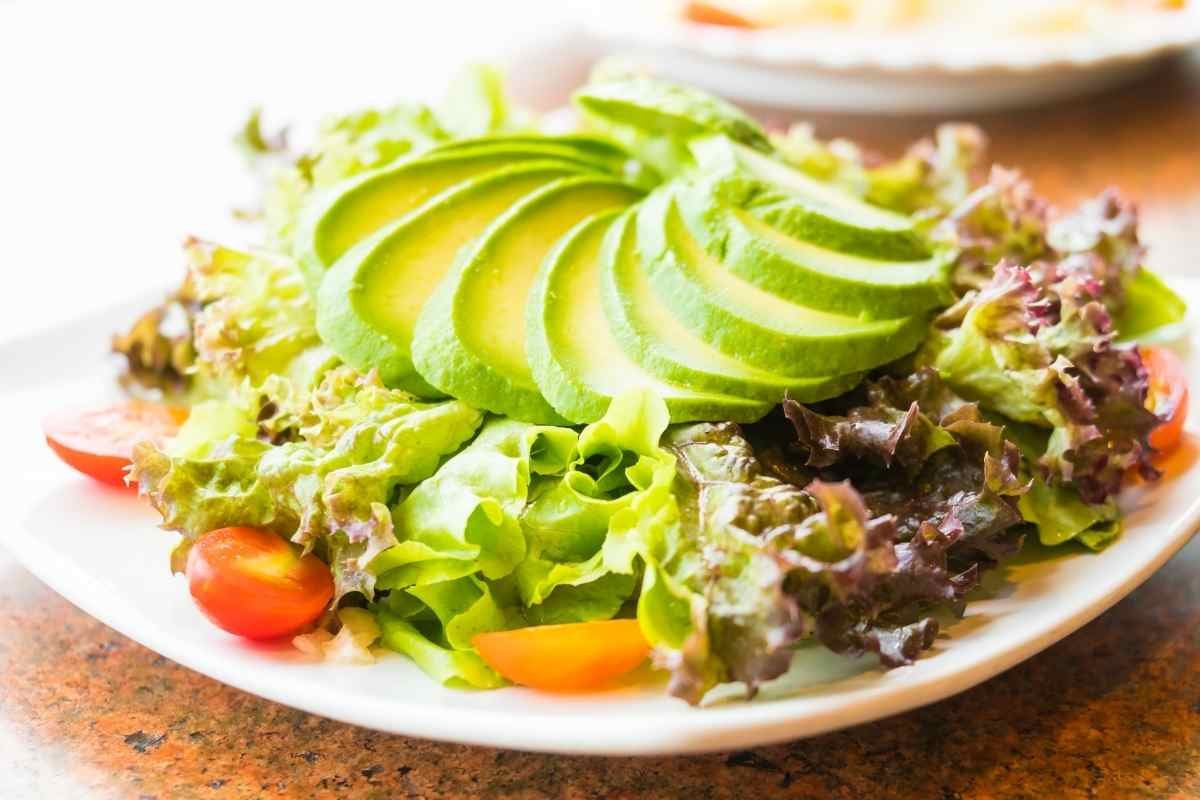
Avocados are rich in heart-healthy monounsaturated fats that can help reduce LDL cholesterol, lowering the risk of heart disease and stroke. They contain more potassium than bananas, which supports healthy blood pressure and heart function. They provide both soluble and insoluble fiber. This aids digestive health, lowers cholesterol, and stabilizes blood sugar levels.
The fiber and healthy fats promote fullness and satiety. They can help with appetite control and potentially aid weight loss or maintenance. Avocados contain lutein and zeaxanthin, carotenoids that help protect the eyes from damage due to sunlight and oxidative stress. These nutrients lower the risk of macular degeneration.
A Harvard T.H. Chan School of Public Health study shows that consuming one avocado per week was associated with a 16% lower risk of cardiovascular disease and a 21% lower risk of coronary heart disease.
According to the Cleveland Clinic, eating avocados supports heart, brain, gut, eyes, and skin health thanks to its B vitamins and monounsaturated fats.
Also Read:
- Health Benefits of Avocado: Why This Superfruit Deserves a Spot in Your Diet
- Ways to Eat an Avocado That Will Change Your Meals Forever
- 15 Important Things to Know About Fruits
Conclusion
To summarize, while the Hass avocado has earned its spot as a staple, the world of types of avocado is incredibly rich and diverse. Each variety, shaped by unique genetics and environmental factors, offers a distinct experience in terms of flavor, texture, and nutritional profile. From the large, mild Reed to the creamy Fuerte and the more exotic Nimlioh, there is a whole universe of avocado waiting to be explored.
Stepping outside your comfort zone and trying these different types of avocado not only introduces new flavors and textures to your meals but also connects you to the broader story of this amazing fruit. Next time you’re at the market, look for one of the lesser-known varieties. You might just find a new favorite that changes the way you think about avocado forever.
FAQs:
1. What’s the best way to ripen an avocado?
To ripen a hard, unripe avocado, place it on your counter at room temperature. For a faster method, put it in a brown paper bag with a banana or apple. These fruits naturally release ethylene gas, which speeds up the ripening process.
2. How can you tell if an avocado is ripe?
The most reliable way to check for ripeness is by feel. Gently squeeze the avocado in the palm of your hand. It should yield slightly to gentle pressure but shouldn’t feel mushy. You can also check the color of the skin, which for Hass avocados will turn from green to a darker, almost black hue.
3. Can you be allergic to avocados?
Yes, it’s possible to have an avocado allergy. There are two main types: an oral allergy that causes itching in the mouth and throat, and a more severe latex-fruit syndrome, which is a cross-reaction in people with latex allergies. Symptoms can range from hives and stomach upset to, in rare cases, anaphylaxis.

